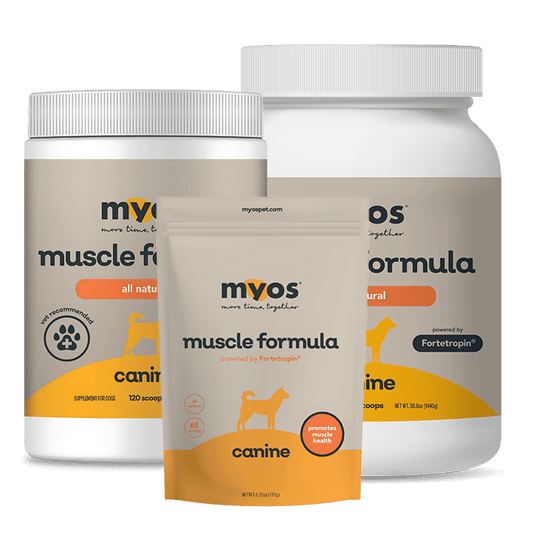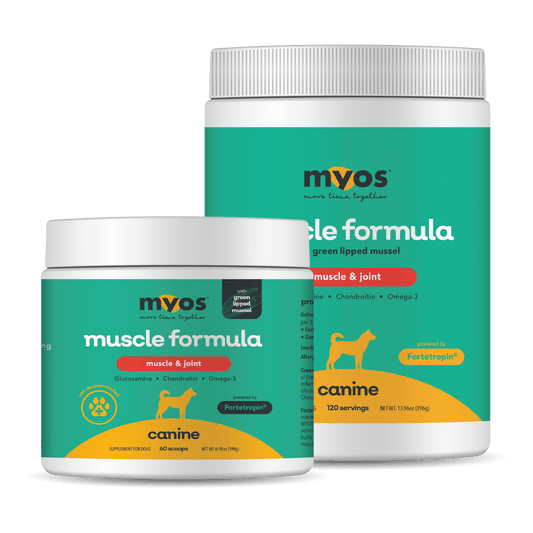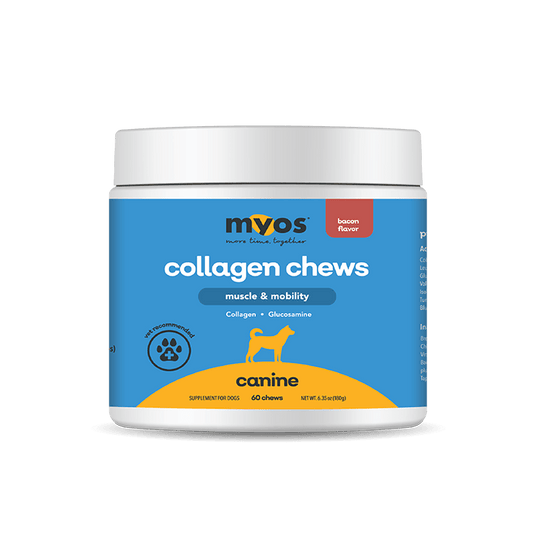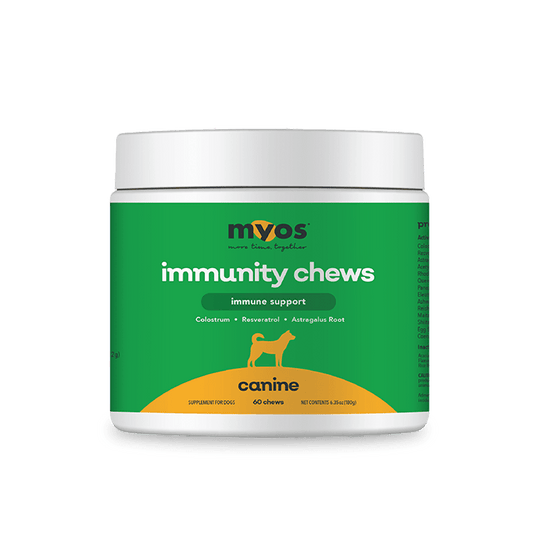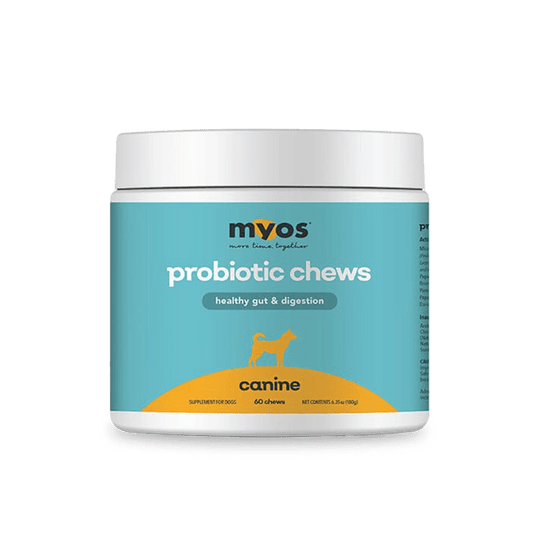Introduction
Egg yolk is a rich source of two nutrients that play an important role in cognitive health: choline and Vitamin E. One large egg contains 147 milligrams of choline which accounts for 27% of the recommended daily allowance for this nutrient [1]. Choline is the precursor of acetylcholine, a neurotransmitter that plays a vital role in alertness, attention, learning, and memory. The other nutrient found in egg yolk that plays an important role in cognitive health is Vitamin E. Not only are eggs a source of Vitamin E, but their co-consumption with salad can help increase the absorption of Vitamin E from raw vegetables and help individuals meet their recommended daily allowance (RDA) for this nutrient [2]. Researchers at Purdue University demonstrated that the co-consumption of 150 grams of cooked eggs with salad by subjects led to increases in serum Vitamin E concentrations relative to subjects in the control group (did not co-consume cooked eggs) and subjects that only co-consumed 75 grams of cooked eggs with salad. In this blog post, we will discuss the potential role of the egg yolk-derived nutrition product, Fortetropin to increase Vitamin E absorption when it is co-consumed with foods that are rich in Vitamin E such as green leafy vegetable, nuts, and seeds. We will also discuss in detail, a veterinary clinical trial that was conducted by researchers at the University of Toronto, the University of California, Irvine and Hill’s Pet Nutrition that evaluated the impact of Vitamin E supplementation on cognitive function in Beagles [3].
What is Fortetropin?
Fortetropin is a nutrition product that is produced from 100% fertilized chicken egg yolk, a natural source of Vitamin E. Vitamin E refers to a family of fat-soluble compounds with distinctive antioxidant properties: four tocotrienols (alpha, beta, delta and gamma) and four tocopherols (alpha, beta, delta and gamma). Egg yolk powder products typically employ heating during the steps of pasteurization and drying. When egg yolk is heated, many irreversible biochemical changes typically occur. For example, proteins become denatured. Lipids become oxidized in addition to methionine residues on proteins. Fortetropin is manufactured from fertilized, chicken egg yolk using a patented [4-6] low temperature manufacturing process that preserves the biological activity of the proteins, peptides and lipids found within egg yolk. One important biological activity of the lipids found within egg yolk relates to their ability to increase Vitamin E absorption [2]. An alternative to consuming Fortetropin or heat-pasteurized egg yolk is to consume raw egg yolk. Feeding raw egg yolk to small animals is very dangerous due to the high possibility of contamination from pathogens such as Salmonella and Listeria monocytogenes.

Figure 1: The general chemical structure of toctotrienols. Reproduced from Wikipedia. https://en.wikipedia.org/wiki/Vitamin_E#/media/File:Tocotrienols.svg

Figure 2: The chemical structures of tocopherols. Reproduced from Wikipedia. https://en.wikipedia.org/wiki/Tocopherol
Impact of Vitamin E on Cognitive Health in Beagles
Researchers at the University of Toronto, the University of California, Irvine and Hill’s Pet Nutrition conducted a randomized, double blind, placebo controlled clinical trial to study impact of antioxidants including Vitamin E (D,L-alpha-tocopherol acetate) on cognitive function in 39 beagles over 6 months in duration. 18 dogs received a control diet and 21 dogs received an antioxidant diet over the duration of the study (Table 1).
|
|
Control Diet |
Antioxidant Diet |
|
D,L-alpha-tocopherol acetate |
120 ppm |
1050 ppm |
|
L-carnitine |
<20 ppm |
260 ppm |
|
D,L-alpha-lipoic acid |
<20 ppm |
128 ppm |
|
ascorbic acid |
<30 ppm |
80 ppm |
Table 1: A summary of the antioxidant concentrations including D,L-alpha-tocopherol acetate (Vitamin E) in the control and antioxidant groups in the aforementioned study [3].
Within the control group, 7 beagles were young and 11 beagles were old while the antioxidant group was comprised of 9 young beagles and 12 old beagles (Table 2). Physical testing included a slit lamp exam for ocular abnormalities at baseline. The researchers also conducted clinical chemistry testing (t=0, 3, 6 months) and cognitive testing (t=0, 6 months).

Table 2: A summary of the age ranges of Beagles in the antioxidant and control groups that participated in the aforementioned study [3]. This table was reproduced from Milgram et al. [3].
An important component of cognitive testing was the oddity discrimination task (Figure 3). The task involved presenting the dog with three objects and asking the dog to identify the object that represented the oddity among the three objects (i.e. one plastic ring vs. two Lego blocks). As the dog progressed from Oddity Discrimination Task 1 to Oddity Discrimination Task 4, the tasks became increasingly challenging.

Figure 3: The Oddity Discrimination Task was used to test the impact of antioxidant (including Vitamin E) supplementation on the cognitive performance of Beagles over 6 months in duration. This figure was reproduced from Milgram et al [3].
In order to ensure that the groups of dogs in the study were comparable, a series of well established cognitive tests were performed on the Beagles at baseline which included reversal discrimination, delay non-match to sample, and delay non-match to position (Figure 4).

Figure 4: A summary of the baseline cognitive performance of young and old Beagles as measured by the reversal discrimination, delay non-match to sample, and delay non-match to position tests. This figure was reproduced from Milgram et al [3].
When old dogs were evaluated on Oddity Task 1 and Oddity Task 2, a trend towards reduced error rate was noted in dogs that were supplemented with antioxidants relative to dogs that received the control diet (Figure 5). When assessing the performance of old dogs on Oddity Task 3 and Oddity Task 4, the error rate of dogs supplemented with antioxidants was lower relative to that of dogs that received the control diet and the difference in cognitive performance was found to be statistically significant.

Figure 5: A summary of the cognitive performance of old Beagles (control vs. antioxidant diet supplemented) as measured by Oddity Task Discrimination. This figure was reproduced from Milgram et al [3].
When young dogs were evaluated on Oddity Tasks 1-4, no statistically significant differences were noted in error rate between dogs that received the control diet with respect to dogs that received the antioxidant supplemented diet (Figure 6). This can likely be accounted for by the fact that young dogs are not expected to experience much cognitive decline.

Figure 6: A summary of the cognitive performance of young Beagles (control vs. antioxidant diet supplemented) as measured by Oddity Task Discrimination. This figure was reproduced from Milgram et al [3].

Figure 7: A summary of the cognitive performance of young and old Beagles as measured by Oddity Task Discrimination. This figure was reproduced from Milgram et al [3].
From Figure 7, it is apparent that the primary factor that influences performance on oddity discrimination tasks is age.
Fortetropin: Potential to Address Neuromuscular Health
The neuromuscular junction plays a vital role in the function of the musculoskeletal system [7]. Earlier in this blog post, we discussed the work of Milgram et al [3] which demonstrated that Vitamin E supplementation in dogs led to improved cognitive performance, one of the most important aspects of neurological function. Fortetropin is comprised of 100% fertilized egg yolk and a study by Kim el al. [2] demonstrated that the co-consumption of eggs with foods rich in Vitamin E such as raw vegetables led to improved Vitamin E absorption. Extensive research has shown that Fortetropin supplementation has led to improved musculoskeletal function in dogs [8] and humans [9].
Performed to repair tears of the CCL, tibial plateau leveling osteotomy (TPLO) is one of the most common veterinary surgical procedures in the United States. After TPLO surgery, the operated limb typically requires immobilization for about 8 weeks, resulting in significant disuse muscle atrophy. Veterinary surgeons and researchers at Kansas State University studied the impact of Fortetropin on muscle disuse atrophy in 100 dogs recovering from TPLO surgery [8]. A group of 50 dogs were supplemented with Fortetropin after undergoing TPLO surgery while another group of 50 dogs received supplementation with a macronutrient-matched placebo, cheese powder, following their procedure. The research group at Kansas State University observed that the dogs that received Fortetropin supplementation following TPLO surgery did not experience statistically significant decreases in quadriceps muscle thickness in the affected (p=0.31) and unaffected limb (p=0.37). On the other hand, dogs that received a macronutrient matched placebo did experience losses in muscle thickness after TPLO surgery in the affected (p=0.03) and unaffected limb (p=0.02).
The impact of Fortetropin on the rate of muscle protein synthesis (MPS) on older adults by researchers at the University of California, Berkeley in a randomized, double blind, placebo-controlled human clinical trial involving 20 subjects (60-75 year old men and women) [9]. 10 subjects were given Fortetropin to consume on a daily basis for 3 weeks. The remaining 10 subjects were given a macronutrient-matched cheese powder placebo to consume during this 3 week duration. During this time, all subjects consumed heavy water (deuterium oxide) to serve as a tracer. To measure the impact of the nutritional supplement on the rate of muscle protein synthesis, all subjects underwent a muscle micro biopsy and high resolution mass spectrometry was used to measure the deuterium content in muscle proteins isolated from the muscle tissue samples. Subjects that were supplemented with Fortetropin experienced an ~18% increase in the rate of muscle protein synthesis relative to subjects in the placebo group.
Summary
Made from 100% fertilized egg yolk, it is expected that Fortetropin supplementation will lead to improved Vitamin E absorption when it is co-consumed with foods that are a rich source of Vitamin E. Vitamin E supplementation in Beagles has been shown to lead to improvements in cognitive performance, one of the most important aspect of neurological function. Fortetropin supplementation has also been shown to reduce muscle atrophy following injury and to increase the rate of muscle protein synthesis.
References
- Choline: Fact Sheet For Health Professionals. National Institutes of Health, Office of Dietary Supplements. https://ods.od.nih.gov/factsheets/Choline-HealthProfessional/
- Kim, Jung Eun, Mario G. Ferruzzi, and Wayne W. Campbell. "Egg consumption increases vitamin E absorption from co-consumed raw mixed vegetables in healthy young men." The Journal of nutrition146.11 (2016): 2199-2205.
- Milgram, N. W., et al. "Dietary enrichment counteracts age-associated cognitive dysfunction in canines." Neurobiology of aging23.5 (2002): 737-745.
- Buxmann, W., Heinz, V., Toepfl, S. Process for producing a composition for increasing muscle mass. U.S. Patent # 11,051,524 B2. Issue date: July 6, 2021.
- Buxmann, W., Heinz, V., Toepfl, S. Process for producing a composition for increasing muscle mass. U.S. Patent # 10,165,785. Issue date: January 1, 2019.
- Buxmann, W., Heinz, V., Toepfl, S. Process for producing a composition containing active follistatin. U.S. Patent # 8,815,320. Issue date: August 26, 2014.
- Deschenes, Michael R., Carl M. Maresh, and William J. Kraemer. "The Neuromuscular Junction: Structure, Function and its Role in the Excitation of Muscle." Journal of Strength and Conditioning Research8.2 (1994): 103-109.
- White, Dana A., et al. "Fortetropin inhibits disuse muscle atrophy in dogs after tibial plateau leveling osteotomy." Plos one15.4 (2020): e0231306.
- Evans, William, et al. "Effects of Fortetropin on the Rate of Muscle Protein Synthesis in Older Men and Women: A Randomized, Double-Blinded, Placebo-Controlled Study." The Journals of Gerontology: Series A76.1 (2021): 108-114.

